The whole structure of American thought was against me.
—Chester Himes1
There is a building. Fisk Hall, on the campus of Northwestern University, is a Romanesque Revival by Daniel Burnham from 1899. There is a rusticated base that wraps the building, a band of rectangular windows in the middle, and a top floor that refuses to draw the eye away from the dentils that support the terracottaed roof and the signature basilica-like façade. It was once home to a preparatory school, a botanical garden, and even the university’s Department of Romanesque Languages. Fisk Hall anchors the southernmost point of the campus, resting on a once-sizable berm that prevented the building from sliding into Lake Michigan. A US Life Saving Station used to be here. This building was erected in 1860 after Edward W. Spenser and other seminary students from Northwestern dived into the dark waters and rescued fifty-five passengers abandoning the derelict hulk of the steamship Lady Elgin hours after it collided with the schooner Augusta during a storm. The Lady Elgin was on a sightseeing trip between Milwaukee and Chicago when the accident occurred. The almost 400 victims aboard the Lady Elgin were a constellation of conflicting loyalties. Most were from Captain Garrett Barry’s Irish Union Guards, a Milwaukee-based abolitionist militia returning from a rally in support of Stephen A. Douglas. Francis Asbury Lumsden, the editor of the New Orleans Daily Picayune and veteran of the Mexican-American War, drowned with his family. The fiery social reformer Herbert Ingram, founder of the London Illustrated News and a Member of Parliament, died with his son. Of the Lady Elgin, the New York Times observed: “She was commanded by Capt. JACK WILSON, well known in this community for his sterling good qualities as a warm friend, a good sailor, and an honest man.”2
There is a book. During the winter of 1990, I took a twentieth-century American history survey that met in Fisk Hall. We did not have a textbook. We read novels as if they were portals into lives and places from other eras. One of these was Chester Himes’ searing If He Hollers Let Him Go, published in 1945. It tells the story of Robert “Bob” Jones, a college-educated African-American man working in the US Navy shipyards in Long Beach and San Pedro during World War Two. His experience of racism is told with excruciating urgency. He is ridiculed, beaten, terrorized—an experience that leaves him at the knife’s edge of an uncontrollable rage. He dreams vividly of violence against his oppressors and of violence against him. Bob reads Tolstoy and memorizes passages by Patrick Henry. He even has an encyclopedic knowledge of a ship’s bulkheads and the corresponding blueprints. He wants to be accepted “without ambition, without distinction, either of race, creed, or color; just a simple Joe walking down an American street, going my simple way.”3 Bob is accused of a violent crime and given the option between incarceration and conscription into a segregated unit.
There is a word. Our discussion section met in Fisk Hall. When it came to If He Hollers Let Him Go, our conversation meandered between various topics. One was the urban spaces in Los Angeles during the war. Another was Bob’s interior ramblings, swarming with images of hammers, iron rods, and other blunt objects for channeling his moral indignation, his railing against the injustices against him and the world. The discussion perambulated somewhat until a restless student wanted to know more about Himes’ use of the word “furtive” to describe not just Bob’s palpable unease, but a way of seeing. Out among the dockyards, or on a dinner date with companions, Bob is ensnared in a gyre of intertwined visions: he is the object of furtive, surreptitious glances while watching the world through a fearful lens. “I became conscious of somebody watching me,” he thinks at one point. “I looked around, didn’t see anyone.”[3] This is the winter of 1990. In that overheated room, discussing a novel I struggled to finish in time for class, I realized that did not know the definition of “furtive.” The word was not in my vocabulary. I grew up in Puerto Rico and my parents were both raised on ranches in South Texas not far from the US-Mexico border. By the time I graduated high school and enrolled at Northwestern, I had been speaking English for less than ten years.
My memories of the building and the room where this discussion took place are out-of-focus. Yet I am moored in time and space to a mast of details. The moldings and trim were, I think, mauve. There were overhead fluorescent lights that gave the winter sun entering through the large windows a pale, purplish hue. The blackboard contained scribblings and erased tracings from previous classes. Later that year, I took a course on ancient Roman drama in that very room and learned about Plautus’ The Fisherman’s Rope. I remembered the play because of two characters, Sparax and Turbalio; slaves known otherwise as “whip-bearers” who have no lines of dialogue and carry spiked clubs to protect their masters. They are mistaken for caryatids, architectural metaphors for inaction, speechless, brooding bodies “raging … against land and sea.”4 Rage, of course, is the theme of the Iliad, and the following year, I learned how to read and write the first line of Homer’s epic in that room. I also took my first architectural history class in a large auditorium inside Fisk Hall. I would sit in the back and listen to the percussive clacking made as teaching assistants switched out carousels filled with lantern and photo slides. Two were shown at a time. A Romanesque building appeared next to a basilica. A cathedral’s interior joined the toppled ruins of bygone civilizations. Mycenae, Leptis Magna, Poissy, Brno: names of architectural sites were announced in stuttering polyrhythms. As the professor discussed one image, another was being changed out, slowly, clumsily. Sometimes there were no images. The screen was totally white. The professor lectured as if the images of buildings were still there. Phantoms. It all took the aspect of a movie decomposing in slow motion, its sequence of images becoming harder to connect, this guided tour of the history of architecture broken apart frame by frame until time seemed suspended, dislocated and unbelonging, lingering in the dust-moted beam of flaxen light emanating from the projector, expanding over our heads into the stale air.
Late at night, I caught up on books people smarter than me had read. A sentence from White Noise often gave me pause: “This assembly of station wagons, as much as anything they might do in the course of the year, more than formal liturgies or laws, tells the parents they are a collection of like-minded and the spiritually akin, a people, a nation.”5 I am not sure if my parents felt that way when they took me to freshman orientation that one day in September 1989. We were at O’Hare airport when I saw other first-year students boarding a chartered bus. I asked my parents if I could join, wanting to be part of this ritual. Before I stepped inside the bus, I was a withdrawn eighteen-year old kid with a suitcase who played bass guitar and liked airplanes. I was young, terrified, and excited to leave a world where my identity could be measured out on application forms with boxes corresponding to racial and ethnic categories, sex, zip codes, test scores, grades. When I entered the bus, everything was zeroed out, made into a null set because everyone else there was like me: young, leaving home, about to embark into some vague realm where your sole job was to learn as much as possible and grow up as quickly as possible. We too were “spiritually akin” and a “nation.” This is what I thought. A university, at least in my understanding, was a community, a space of reinvention and belonging. I would not have known it at the time, but over the next four years my heart would break at the realization that those things from my past that seemed unimportant would only be magnified once I entered that bus and began life as a college student. All I know is that I too walked the campus secretly, furtively, afraid to be noticed, fearing that I would be outed as a person that did not belong in this microcosm of privilege, wealth, and uniformity.
Eighteen years later, in 2011, I was back in school, working towards my PhD in architectural history at Princeton. My coursework was done, and I had already defended my dissertation proposal. I was working on the second chapter. I remember this time as one of my happiest, for everything about my school, my program, and my colleagues seemed in concert with my own romantic idea of the academic life. I lived, was paid to think, and even better, to write. I translated obscure German and French texts at night and wrote about them the following morning. I loved what I was doing, so much so that those college days seemed disconnected from my current space, far from the rhythms of reading, writing, and editing that defined these days. Yet I remembered moments, things said many years ago that put me on edge. After a late-night swim in Lake Michigan on a warm night in July, I was told that I was hard to see in the dark water because I was so brown. Other times, I was congratulated for not looking “Mexican,” for English was “quite good.” A distant relative saw my college yearbook picture and remarked that I had been “Americanized.” I committed these moments to a distant, parallel existence that was as good as forgotten. I did not let these moments define me. However, they came back to visit me.
One night during the fall of my first year of doctoral coursework, I was pulled over while driving to a party. When I saw the telltale red and blue spinning lights approaching from faraway, growing larger in my rearview mirror, my mind became an uncontrollable, broken circuit. I could not remember whether I had an updated version of my proof of car insurance. I only had a copy of my car title and not the actual document. My car was weathered, bruised, and dinged, with rusty streaks and cracked side mirrors. The police officer told me that the brake light was out. I doubted it, but I was in no position to say so. I was let go with a warning. Another night, I was pulled over just in front of the graduate student apartment complex where I lived. A police officer shined a maglite into my car and asked to see my identification. He asked if I spoke English. “I am a graduate student at Princeton,” I said. Another warning. Speeding. It happened again on the same street, and this time the police officer said that I was weaving from lane to lane. Yet another warning.
There are ways to parse what was taking place. There are essays, volumes, words, all part of a vast body of literature that gives a form to the dimensions of power that were ostensibly bearing on me, in those spaces, on those nights. There are authors whose names form constellations of critical and theoretical discourses that guide us and alleviate our sense of dread as we move on with our lives by dead reckoning. There are authors whose names populate graduate architecture school syllabuses as if they too where unmoored, itinerant bodies moving through space and time. I thought of Thomas Pynchon’s Against the Day. There is a description in the novel of rowdy Princeton undergraduates hightailing it down Witherspoon Street, ripping off porches from houses belonging to African-American families, fuel for a bonfire celebrating a football victory over rival Yale.6 It supposedly occurred in the very neighborhood where I was pulled over that first night.
It happened again on a hot and humid June evening a couple of years later. I was pulled over on the same road in front of the same graduate student complex. Two police officers approached and asked to see my license. One took it back to the cruiser. The other looked at me. “Your car smells like alcohol,” he said, and told me to step out of the car. I was subjected to a variety of sobriety tests. I was told to walk a straight line to and from a point along the road, to squat on one leg while extending the other. I was ordered to recite the alphabet backwards. “Don’t mess up,” one officer said. “Things could get bad.” I was able to do what I was told, sweat streaming down my forehead and soaking my back and shoulders. I was overwhelmed by a profound sense of shame. It pinned me, and I felt like some kind of animal, ensnared, caught in the intersecting beams of headlights and spinning blue and red flashers, visible, menacing. I knew I did nothing wrong. I rarely drank and had only one speeding ticket in my twenty-plus years of driving. Everything about this just seemed wrong. Wrong place. Wrong time. Wrong skin color. Wrong last name. And there I was, on the wrong end of a ritual shaming, a spectacle for all other drivers to see on their way back from supermarkets, pizza joints, movies, from the typical American summer night in suburban New Jersey. There was no ticket, no summons, no warning. I was told to go on. I went back to my car and waited for the police cruiser to drive off. I drove my friend home. Then I sat in my car, staring ahead into the night. I began to shake uncontrollably and gripped my steering wheel in an effort to calm myself.
I told my colleagues in the ensuing days about what happened that night. Some laughed. Others feigned mortification. But what I found most troubling were those instances when theory buzzwords like “biopower,” “space,” “institution,” “discipline,” “regime” were all bandied about to explicate and untangle the skeins of spatial and political weavings that hemmed me so. I was victim and exemplar at the same time. I was wronged, yet I proved the validity of understanding how theorists of buildings, cities, and space make sense of bad things happening to people. I superseded one colleague’s evocation of theory as something that made life more interesting. My experience made theory necessary, vital, even urgent.
I could agree. I could nod my head and pretend that such things would help me make sense of my situation. I even had the luxury of hindsight. Yet the truth of the matter is that standing outside my car on that night, I did not have access to the wealth of writing and knowledge that so occupied my studies. I could not think much less retrieve all the conversations with friends, colleagues, teachers, and mentors about the ineffable domains of history and theory. I was a stranger in my own world. I was without identity, without camaraderie, without citizenship. One police officer had possession of my driver’s license. The other was figuring whether I was to be charged for anything. I did not know if I was going home or going to spend the night in jail. My future seemed worse than unknown: it was dimming, elusive like a distant star. I was a body suspended in space. And I was alone.
There are instances when those things we as scholars and professionals embrace fail us. We may lose jobs and clients, but we can always take comfort in the networks and discourses that sustain us, as these are the things that mark our paths through our woolly life of the mind. If anything, that night in Princeton made me understand what goes unsaid in our studies and preparations for life in academia: that there are times when the comforts of such a life abandon us and leave us stunned and bewildered, that there are times when we realize that these comforts are not ours but someone else’s.
There is a word. I understood a meaning for “furtive.” To live a furtive existence is to live in altered space. Altered, because for months after that June evening, I moved through Princeton as if I were some kind of interloper, a fluttering presence on the edges. I craved anonymity. I imagined turning into something that dissipated, inconspicuous, a vaporous thing. I waited until late at night to walk the mile-and-a-half to a convenience store and buy milk. I took routes emptied of cars, houses, and people. I walked through lawns, eyes skinned, always moving, checking my peripheries, detecting moving shadows. When I saw others walking in my direction, I crossed the street and looked at my phone and pretended to be occupied. I took comfort in my appearance, for though I was skulking through the humid night air under elm canopies and cicada swarms, I was any other person, neck hunched down, busied in a blue light of emails and social media. I hardly drove, and when I did, it was only at twilight. Every car I saw became a police interceptor on a dark errand.
There are rooms. When you sit inside the reading room at the Harry Ransom Center at the University of Texas in Austin, you imagine a mausoleum. Instead of vaults, there are collections and archives. There are busts of T.E. Lawrence, James Joyce, and Gabriel García Marquez that appear mute and serious as if silenced by dint of the overhead lights that cast large shadows on their large brows, flared nostrils, and sunken cheeks. Some are made of plaster. Others from copper. They look at you askance, furtively, perhaps even judgingly. John Fowles’ writing desk is there. It is a simple thing, made of lightly varnished planks with no distinguishing features other than the old, white Tippa model typewriter sitting on top of it, flanked on each side by open drawers filled with pencils, reading glasses, and even a pair of brass knuckles. An earlier visit here yielded a Christmas card sent by Erich Mendelsohn to Norman Bel Geddes. It was a small, yellowed piece of uncut paper with watercolored smudges and inked, hand drawn lines and scribblings. You can imagine the miles this piece of paper traveled, its time spent in envelopes, desk drawers, and bureaus before it was committed to a file folder in a box in a climate-controlled archive in South Central Texas. This is where one writes amongst the personal effects of the dead
This was August 2017. I was in the Ransom Center reading room when I learned that the two academic positions I was shortlisted for went to others. I very much wanted these jobs. They were portals to parallel existences, timelines of alternative possibilities, viable but unreal. And now they were gone. I was riding the crests of waves upon waves of bad news. I wanted to get away, so I drove to Marfa. To the Great Emptiness of West Texas.
I booked a room at the Thunderbird Hotel, hoping to spend a couple of days away from the late August sun. I wanted nothing but time in bed to watch TV and read books. And yet my room at the Thunderbird, with its cow skin rug, Hardoy chairs, and ersatz fittings that attempted something of a West Texas wabi-sabi vibe, had neither TV nor internet. I walked across Highway 90 and peered east, knowing that this very road snaked more or less in a shape resembling the border between Texas and the Mexican state of Chihuahua. If I drove 200 miles in that direction, I would arrive in Del Rio, home to Laughlin Air Force Base. In 1962, a U2 spy plane took off from there and flew over Cuba, taking pictures of ballistic missile installations near San Cristóbal. Across the border from Del Rio is Ciudad Acuña, a small city whose radio station, XERF, once boasted a 250,000-watt transmitter. It was so powerful that a person driving from New York to Los Angeles would never lose its signal. I got in my car and drove west towards Valentine and took pictures of old firehouses, hay bale warehouses, and an obligatory stop at Prada Marfa. A white blimp hovered in the distance, moored to some fenced in area set against the foothills of the Chinati Range. Dust devils skipped across a highway in advance of a thunderstorm. That night, I saw the apocryphal Marfa lights. They appeared first as cadmium-hued radio aerials glittering in the humid air, and then fluttering, lambent purple things caroming along the night landscape. I met an elderly German man and his dog and a French family buying dry cereal at a grocery store.
There is a building. The following morning, the sky broke apart into sheets of rain and resounding thunder. I had booked a tour of “The Block” that day. “The Block” is a cluster of buildings containing Donald Judd’s house and personal library. When I arrived, a guide steered us inside Judd’s house. It used to be the Army Quartermaster’s residence for nearby Camp Marfa, a US Signal Corps base. It is rustic, balloon-framed. When you enter the house, you notice that it is simply outfitted, astonishingly so. An artist could have lived here, but so could had anyone else. The floorboards, walls, and framing are all a faded cedar, their dun color echoing the ochres and browns of the nearby terrain. There is a large table on the inside with serape-like mats. Sage and mesquite sprigs dangled in front of one window. The kitchen is filled with earthen cookware. In the back were two bedrooms. I went into one and noticed that the door’s glass windowpane had stickers bearing the heraldry from different countries. On the other side, I spied a small piece of red tape embossed with the words, “Rainer Judd.”
During World War I, hangars were built here to house the rickety biplanes that scanned the skies in search of roving bands of Villistas that crossed the border and looted nearby ranches. One of these hangars is home to Judd’s revered personal library, a trove of books that seemed to cover every subject imaginable. As the guide spoke, I began to wander among the stacks, making sure I was not seen. I saw books by former teachers and mentors. Here I was among objects from my field, texts I knew from my studies nestled among other familiar things from my youth in Puerto Rico and everywhere else I lived. There, on a table, I spotted National Geographic’s Atlas of Our Universe; a book I read arduously when I was in fourth grade and that introduced me to the names of faraway stars and galaxies, to celestial mythologies. I was in thrall to this moment that made me feel connected across various times and spaces in this small town in West Texas, a pilgrimage site for art enthusiasts that reminded me of the tiny towns near the Mexican border where my mother and father grew up. I could live out my own autobiography here. I could map out a constellation of the experiences and memories that defined my life. For the first time, I began to feel the same kind of inertia that grabs hold and pushes us forward, to that place where one feels what it is like to be part of something larger. Perhaps this is what it is like to belong. On the tail end of a brief, self-imposed exile, I belonged. And then I drove home.
Chester Himes, If He Hollers Let Him Go (Garden City, New York: Doubleday, Doran & Company, 1945).
“FEARFUL DISASTER ON LAKE MICHIGAN.; The Steamer Lady Elgin Sunk by Collision with a Schooner. OVER THREE HUNDRED LIVES LOST. Statement of the Boat’s Clerk Conduct of the Passengers.LISTS OF THE LOST AND SAVED. YESTERDAY’S DISPATCHES. ADDITIONAL NAMES OF THE LOST AND SAVED. STATEMENT OF THE CAPTAIN OF THE AUGUSTA. RECEPTION OF THE NEWS IN MILWAUKEE. DESCRIPTION ON THE LADY ELGIN,” The New York Times, September 10, 1860.
Chester Himes, If He Hollers Let Him Go (New York: Thunder’s Mouth Press, 1986), 153.
T. Maccius Plautus, Rudens, or The Fisherman’s Rope, act 3, scene 5.
Don Delillo, White Noise (New York: Penguin, 1985), 4.
Thomas Pynchon, Against The Day (New York: The Penguin Press, 2006), 158–159.
Dimensions of Citizenship is a collaboration between e-flux Architecture and the United States Pavilion of the 16th International Architecture Exhibition at La Biennale di Venezia.
Subject
Dimensions of Citizenship is a collaboration between the United States Pavilion at the 2018 Venice Architecture Biennale and e-flux Architecture.
.jpg,1600)

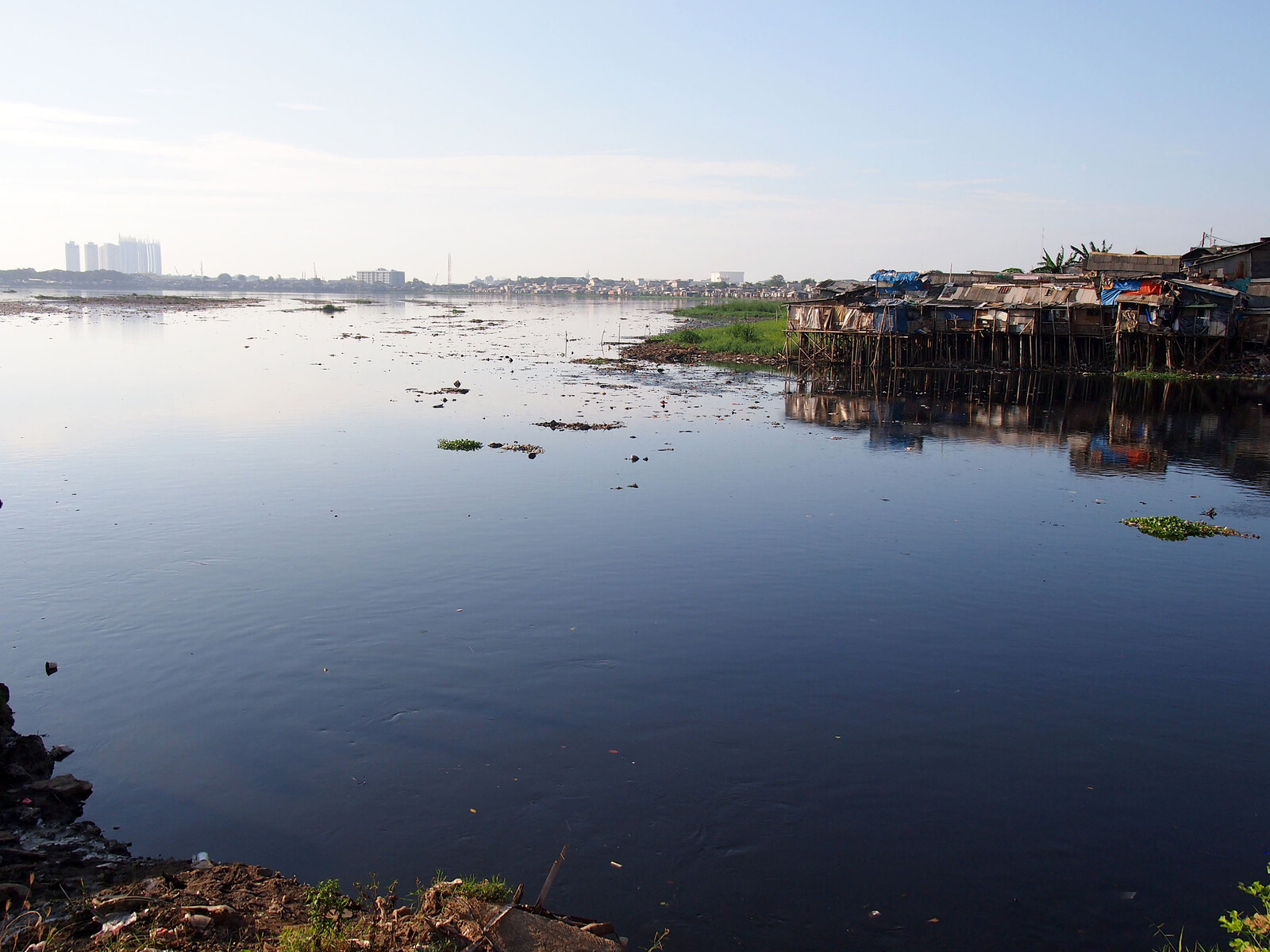
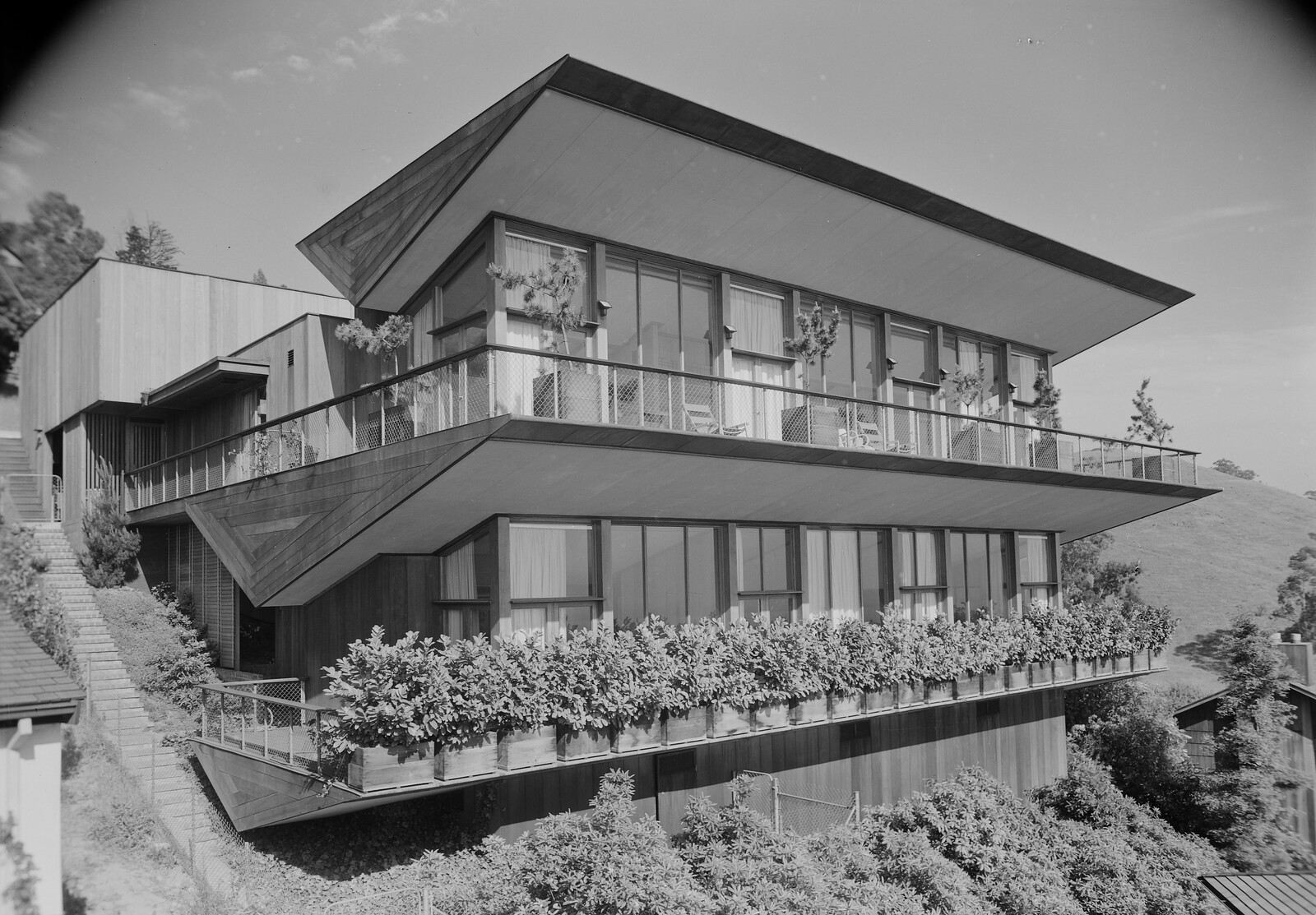


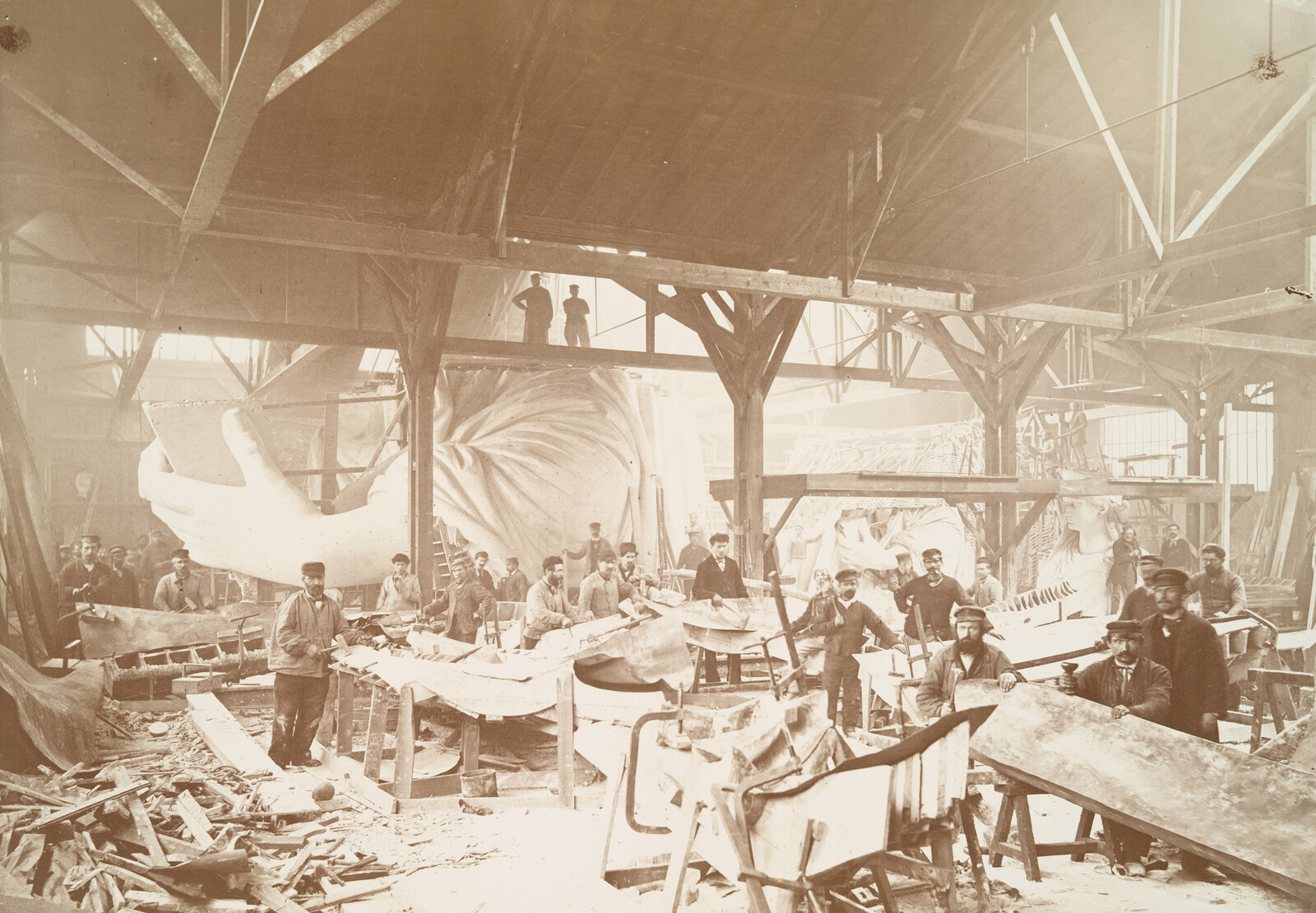
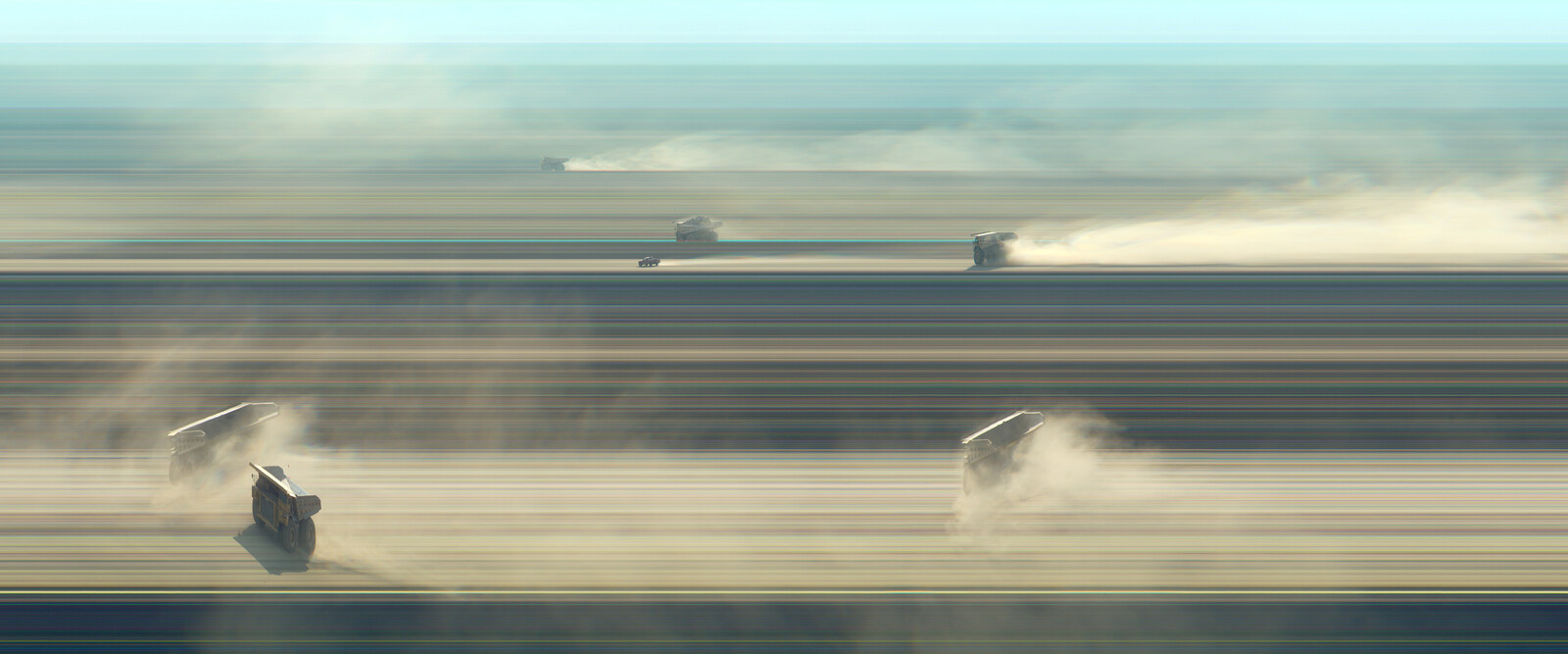
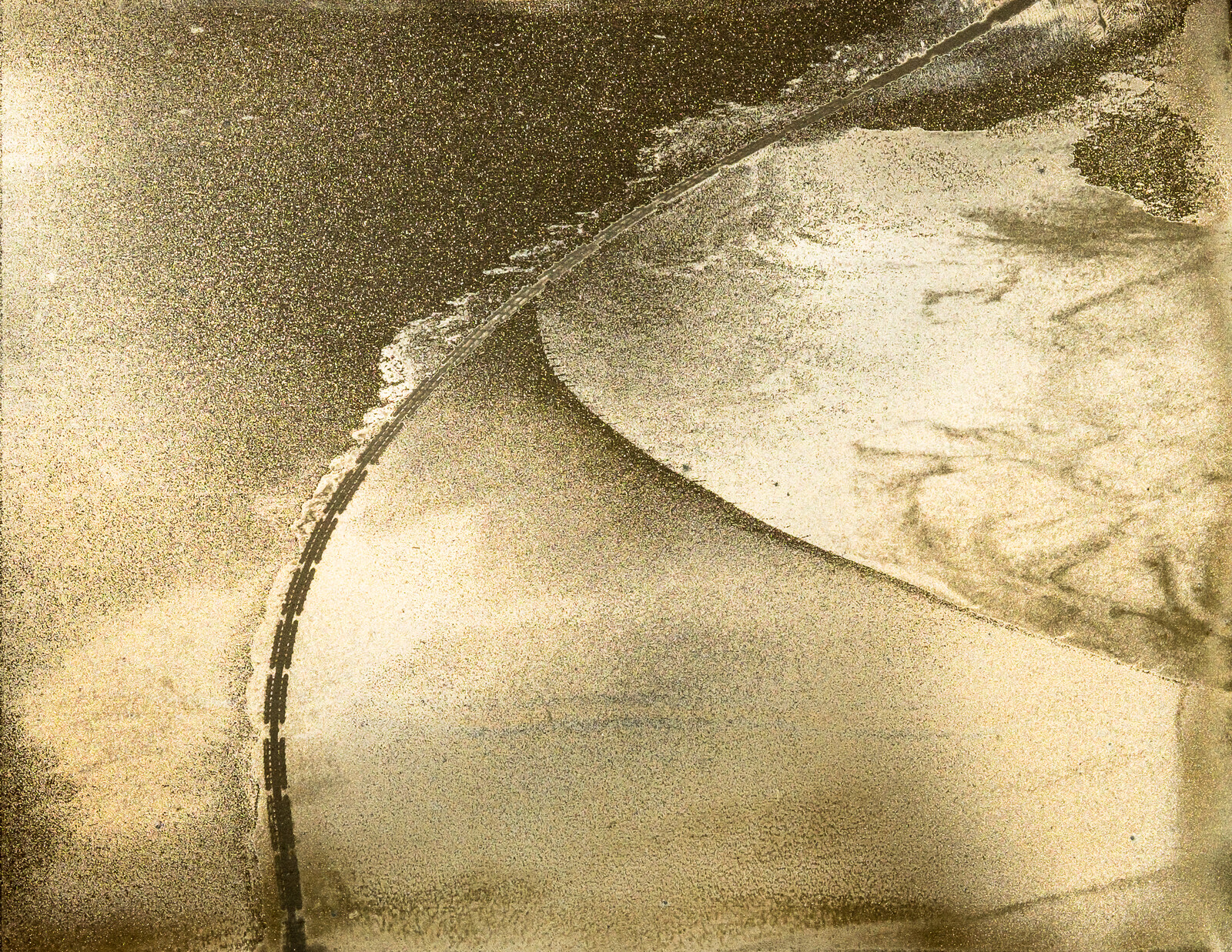
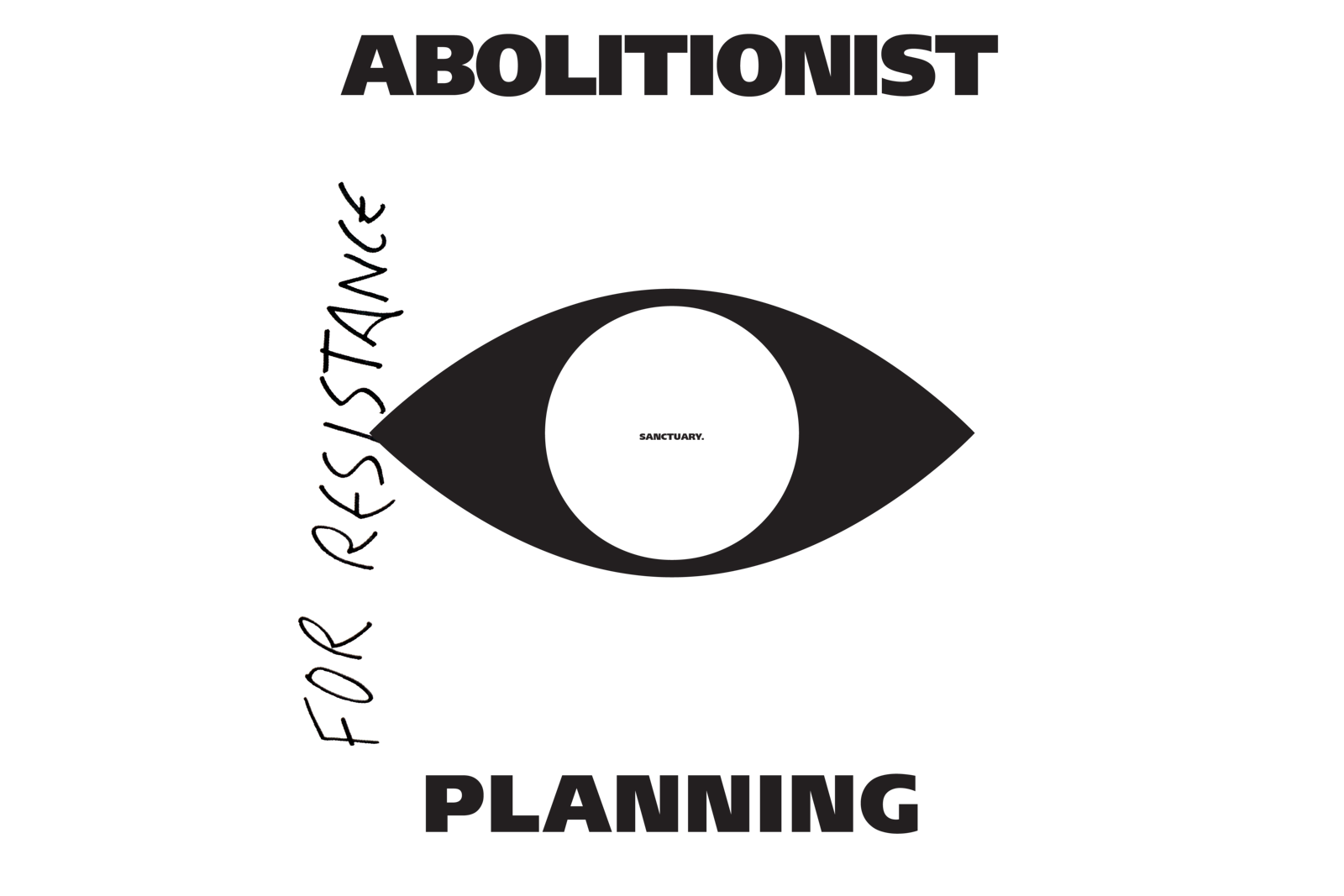
.png,1600)


